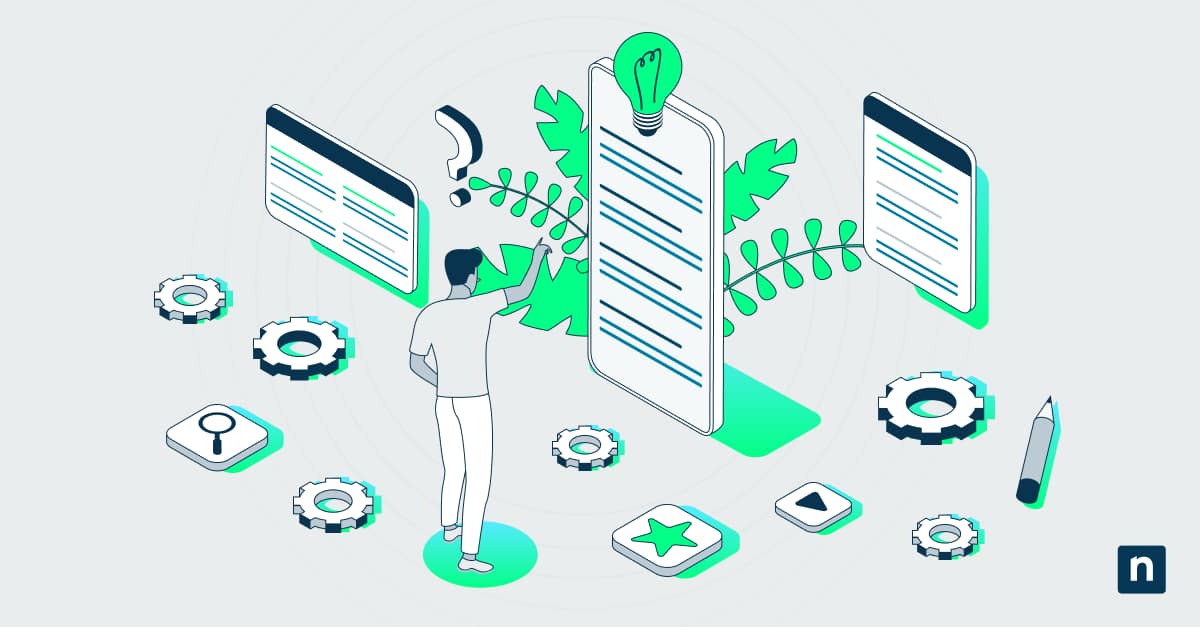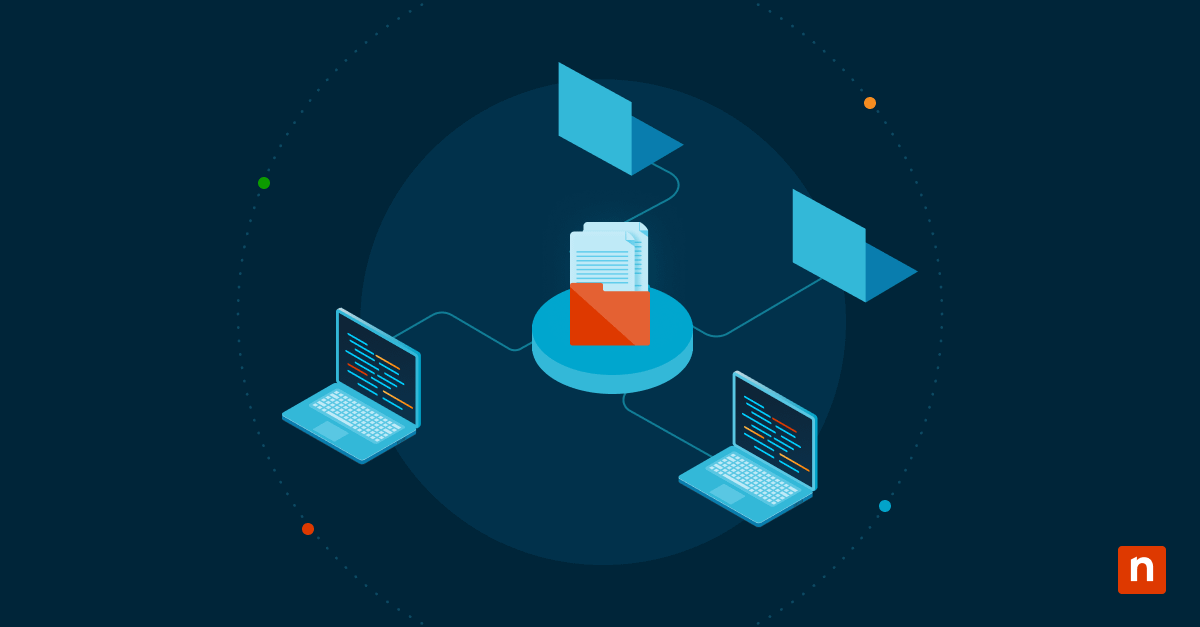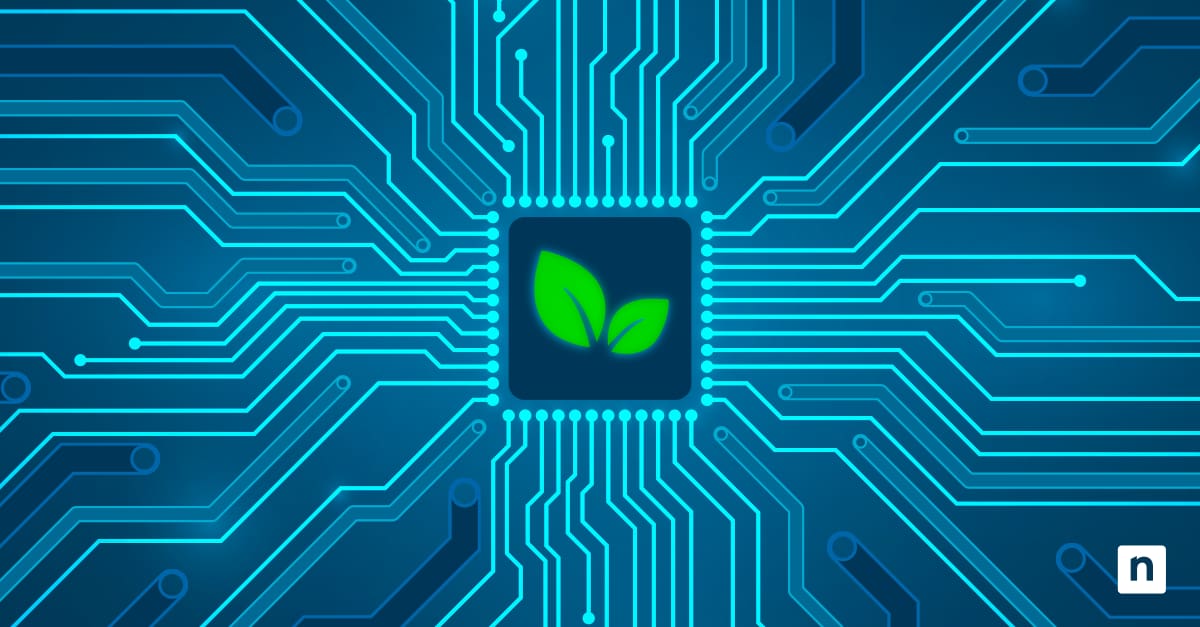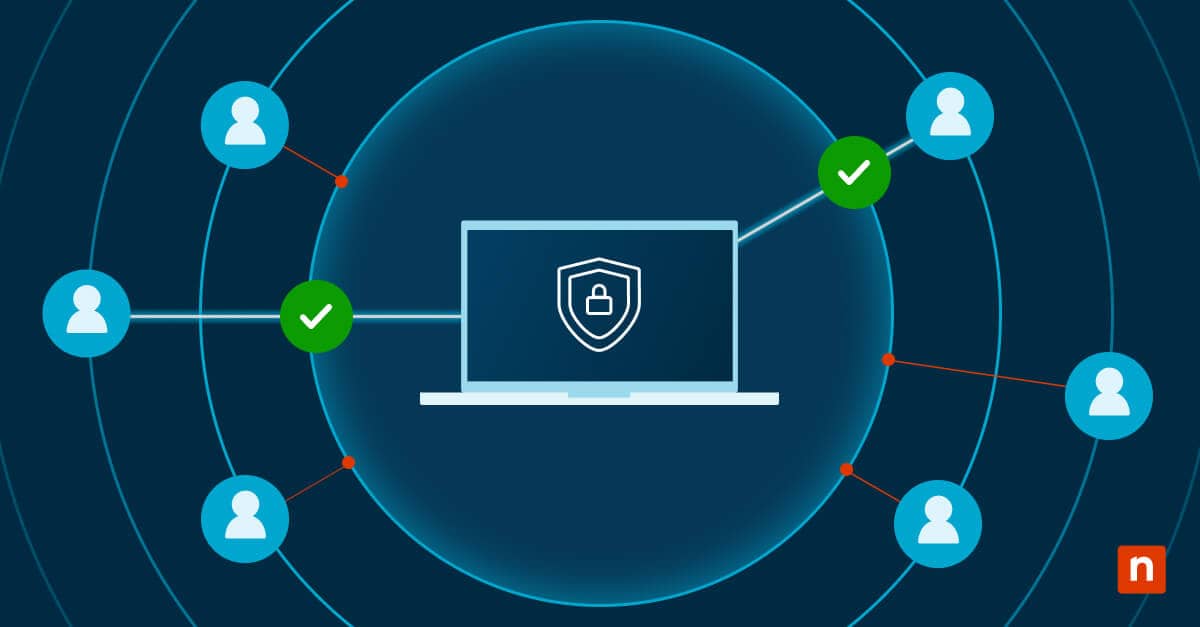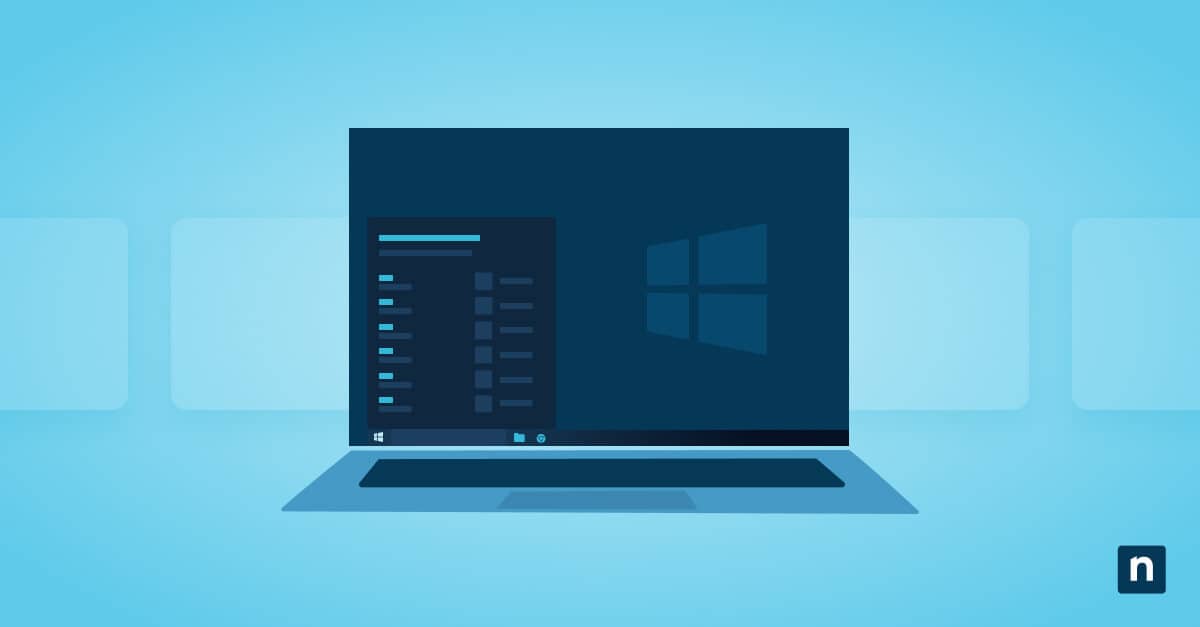Technology professionals love their IT acronyms—but for newcomers, they can sometimes feel like trying to crack a secret code. As technology evolves, so does its language, making it essential to keep up with both established and emerging IT terminology.
Whether you’re an IT professional, business leader, or tech enthusiast, mastering these terms is key to staying fluent in conversations about system architecture, infrastructure, and cybersecurity.
AI
Artificial Intelligence (AI) refers to computer systems designed to mimic human intelligence and perform tasks that typically require human cognition. In today’s digital world, AI is growing increasingly popular in IT environments, helping generate scripts, automate mundane tasks and create innovative solutions that allow IT departments to focus on solving complex problems rather than routine maintenance.
API
Application Programming Interfaces (APIs) enable different software applications to communicate with each other, defining the methods and data formats applications can use to exchange information. APIs serve as building blocks for modern software development, enabling developers to integrate external services and functionality without needing to understand their internal workings.
This is one of those acronyms in IT that are essential for building a robust IT infrastructure, enabling everything from social media integration to payment processing in modern applications.
DevSecOps
DevSecOps integrates security practices within the DevOps process, creating a culture where security is a shared responsibility throughout the entire IT lifecycle. This approach builds security into applications from the beginning rather than applying it as an afterthought, helping organizations deliver secure code faster. DevSecOps is an IT acronym that breaks down silos between development, operations, and security teams to create more resilient systems.
GPU
Graphics Processing Unit (GPU) is a staple in IT terminology. It handles display functions and accelerates the creation of images for output to display devices. Modern GPUs have evolved beyond graphics rendering to become powerful parallel processors capable of handling complex computational tasks, particularly in AI and machine learning workloads. Their ability to perform multiple calculations simultaneously makes them ideal for training neural networks and processing large datasets that would overwhelm traditional CPUs.
IAM
Identity and Access Management (IAM) systems control user access to critical information within organizations by managing digital identities and their permissions across multiple systems. These comprehensive frameworks ensure users have appropriate access to resources based on their roles while maintaining security through principles like least privilege access. Effective IAM implementation includes centralized authentication, detailed access auditing capabilities, and automated provisioning processes that reduce security risks while improving user experience.
IoT
The Internet of Things (IoT) refers to a network of physical objects embedded with sensors, software, and connectivity that enable them to connect and exchange data with other systems. These smart devices range from industrial equipment and medical devices to consumer products like thermostats and doorbell cameras. IoT technology has introduced a whole host of new acronyms in IT that technical staff must master to make the best use of these tools.
The technology also creates new challenges for IT departments, including managing massive numbers of connected devices, securing diverse endpoints, and processing the enormous volumes of data these devices generate.
MFA
Multi-Factor Authentication (MFA) enhances security by requiring users to provide two or more verification factors to gain access to resources, significantly reducing the risk of unauthorized access even if passwords are compromised. This approach typically combines something you know (password), something you have (security token), and something you are (biometric verification). MFA has become an increasingly important IT acronym as traditional password-based security proves insufficient against sophisticated phishing attacks and credential theft techniques.
ML
Machine Learning (ML) is a subset of AI focused on systems that can learn from data, identify patterns, and make decisions with minimal human intervention. ML powers everything from recommendation engines and fraud detection systems to predictive maintenance and automated customer service solutions. As organizations accumulate more data, ML becomes increasingly valuable for extracting actionable insights and automating processes that would be impossible to handle manually.
NLP
Natural Language Processing (NLP) is a branch of AI that enables computers to understand, interpret, and generate human language in useful ways. This technology enables chatbots, voice assistants, sentiment analysis, and automated content generation that can understand context and nuance in human communication. NLP applications have become increasingly sophisticated with the development of large language models that can generate human-like text, translate languages, and answer complex questions with remarkable accuracy. So when it comes to mastering your IT acronyms, NLP is a must.
PaaS/IaaS/SaaS
Platform as a Service (PaaS), Infrastructure as a Service (IaaS), and Software as a Service (SaaS) represent the three primary cloud computing service models that have transformed how organizations consume technology resources.
- PaaS provides development environments in the cloud
- IaaS offers virtualized computing infrastructure on demand
- SaaS delivers applications over the internet on a subscription basis.
These cloud models eliminate the need for organizations to maintain physical infrastructure while providing scalability, flexibility and cost advantages compared to traditional on-premises deployments.
SIEM
Security Information and Event Management (SIEM) systems collect and analyze security data from multiple sources, providing real-time analysis of security alerts generated throughout an organization’s technology infrastructure. These platforms aggregate log data, correlate events across different systems, and generate alerts when potential security incidents are detected. Advanced SIEM solutions incorporate threat intelligence feeds and machine learning to improve detection accuracy and help security teams identify attack patterns that might otherwise go unnoticed.
SQL
Structured Query Language (SQL) provides a standardized language for managing relational databases, enabling data manipulation and retrieval across various database management systems. This domain-specific language allows users to define, manipulate and query data with a focus on what data to retrieve rather than how to retrieve it.
Despite being developed in the 1970s, SQL remains the primary language for database interaction across numerous industries and applications, with various dialects supporting different database platforms. This makes it one of the most widely recognized IT acronyms globally.
SSO
Single Sign-On (SSO) enables users to access multiple applications with a single set of credentials, streamlining authentication processes across systems and reducing password fatigue. This authentication scheme enhances security through centralized credential management while improving the user experience by eliminating the need to remember multiple passwords. SSO implementations typically utilize protocols such as SAML, OAuth or OpenID Connect to securely exchange authentication information between identity providers and service providers.
VPN
IT acronyms like VPN have become universally recognized, understood by everyone from teenage gamers to corporate executives.
Virtual Private Networks (VPN) create encrypted connections over less secure networks, allowing remote users to access resources securely as if they were directly connected to a private network. Organizations use VPNs to secure remote access to corporate resources, while individuals increasingly adopt them for privacy protection and to bypass geographical restrictions.
WAF
Web Application Firewalls (WAF) protect web applications from attacks by filtering and monitoring HTTP traffic between web applications and the Internet. Unlike traditional firewalls that operate at network or transport layers, WAFs work at the application layer to identify and block common attack patterns like SQL injection and cross-site scripting. WAFs can be implemented as hardware appliances, server plugins or cloud services, providing specialized protection for web-facing applications that complement other security measures.
ZTA
Zero Trust Architecture (ZTA) is a security framework that assumes no user or system should be trusted by default, requiring verification from everyone attempting to access resources regardless of their location. This approach replaces the traditional perimeter-based security model with one that continuously evaluates trust based on identity, device health and behavioral patterns. Zero Trust principles include strict access controls, microsegmentation and continuous monitoring that together minimize the impact of potential breaches by limiting lateral movement within networks.
Cut Through the IT Jargon
Sick of drowning in alphabet soup? Tech teams may speak in IT acronyms, but real collaboration needs clear communication. NinjaOne slashes through the noise with an intuitive platform that simplifies IT management—without watering down its power. Manage smarter, not harder. Try NinjaOne free today.


